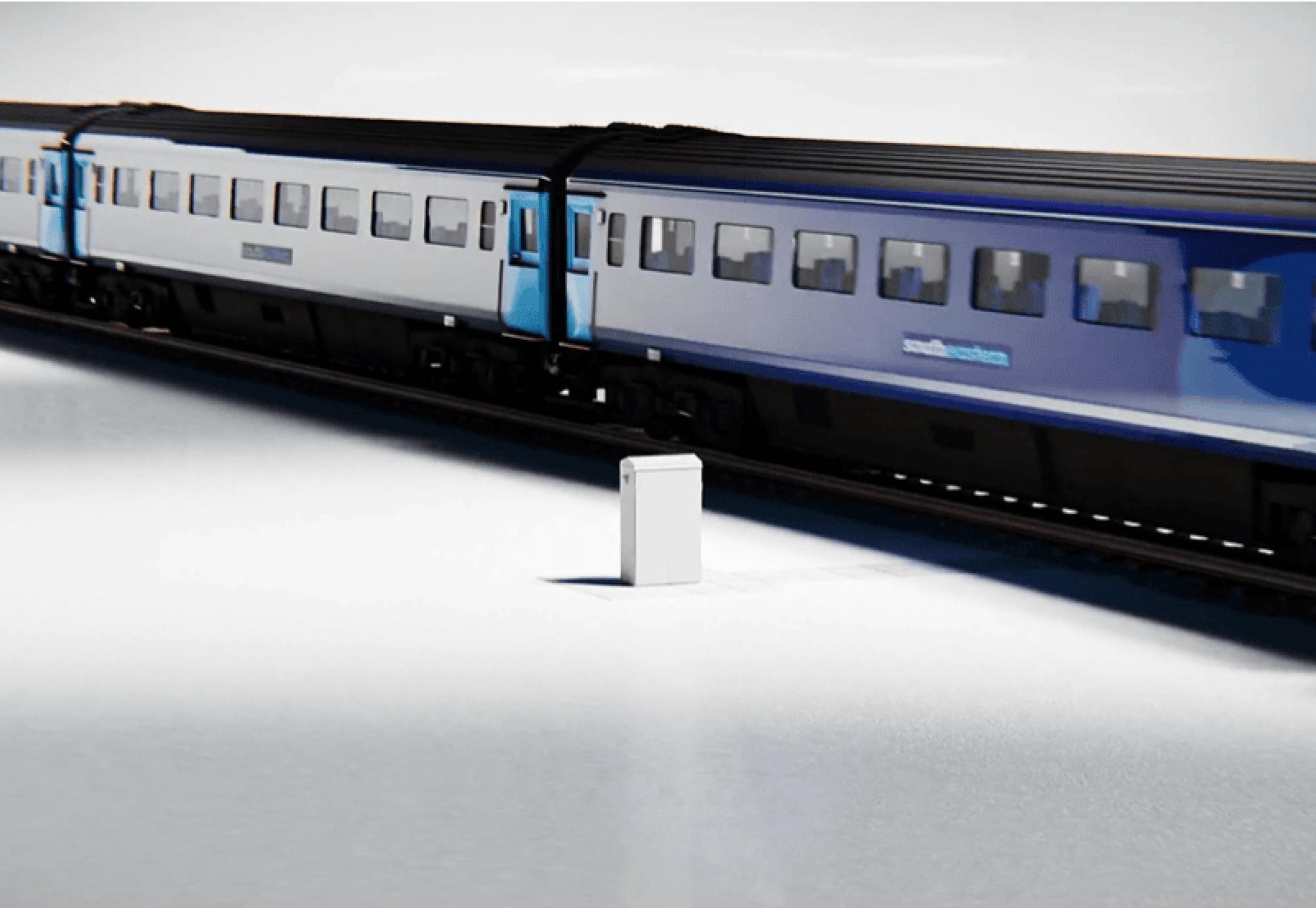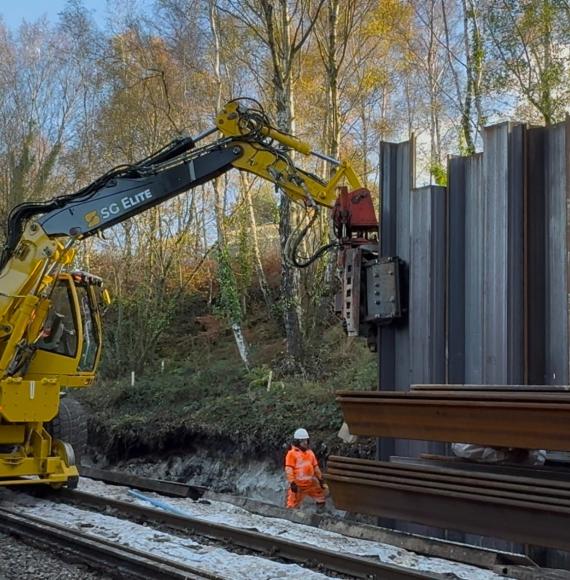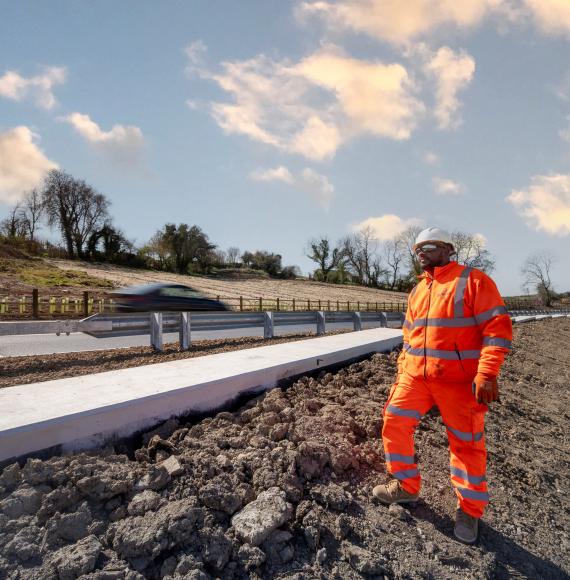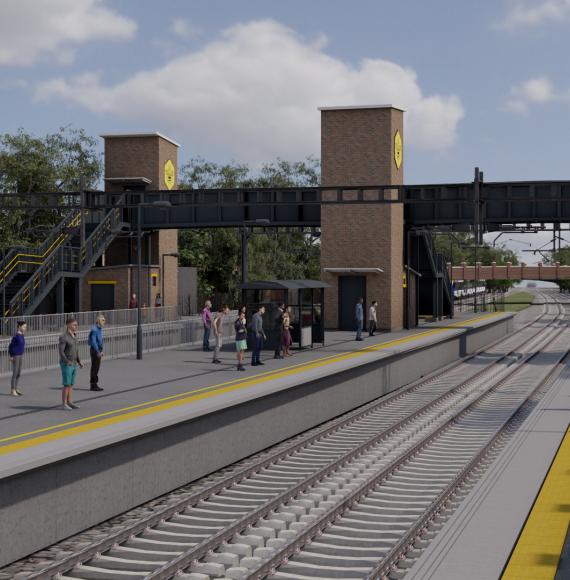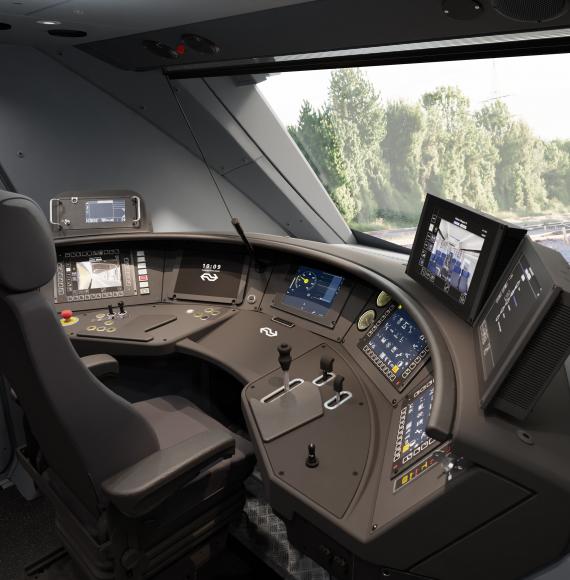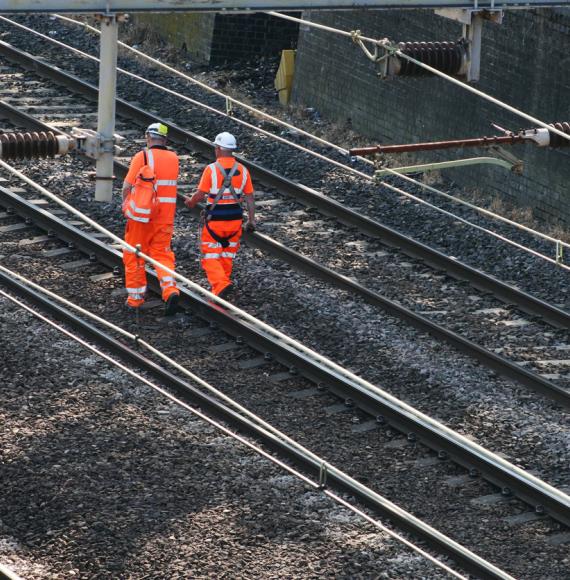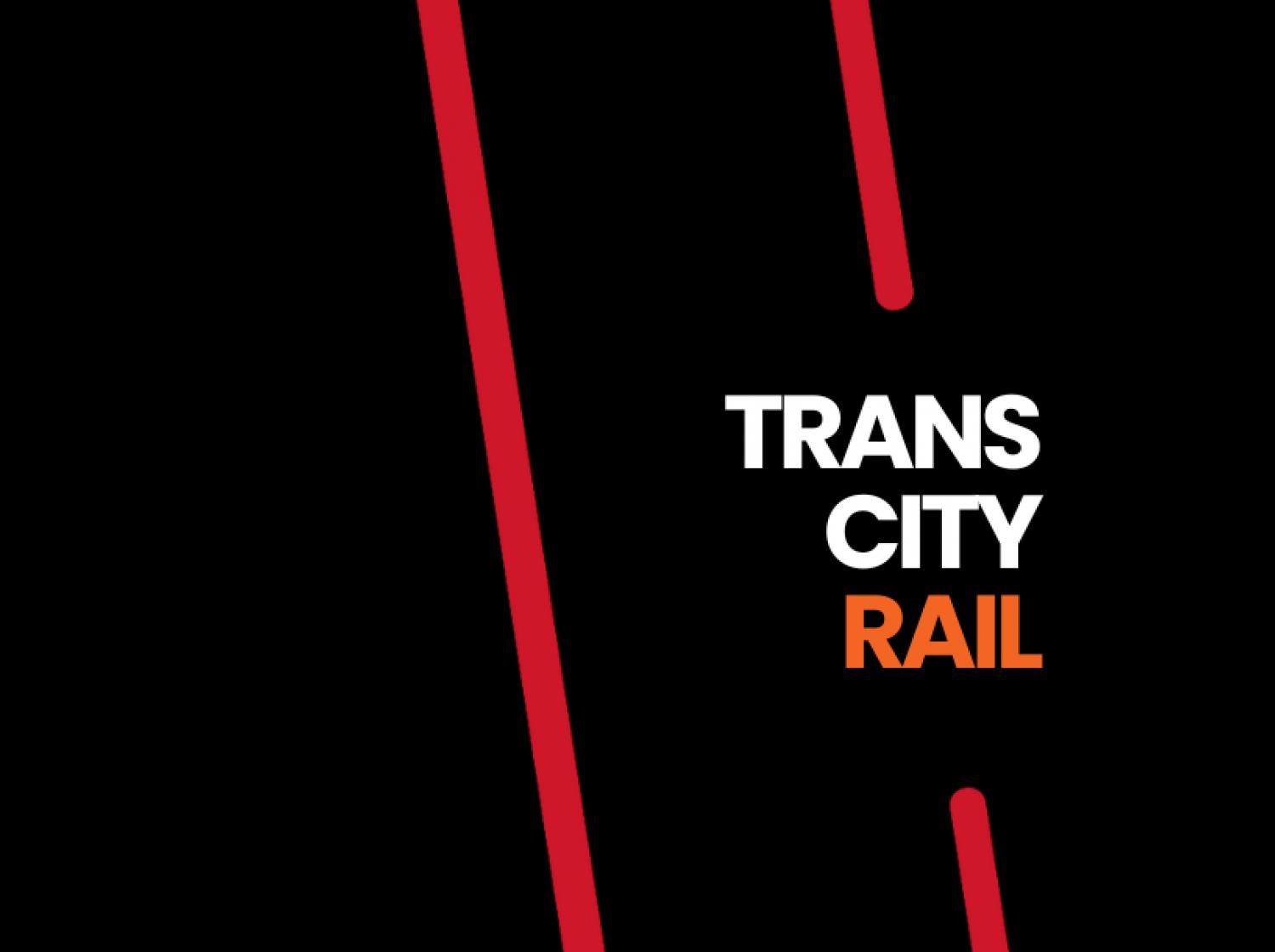South Eastern Railway has launched a pioneering trial of a new passive cooling technology on the Tonbridge to Hastings line, aimed at improving rail reliability during extreme heat.
In partnership with UK green tech start-up Flint Engineering, the railway operator is deploying the patented IsoMat system to tackle soaring temperatures inside signalling cabinets, some of which can exceed 70°C in summer.
The IsoMat technology, developed by Flint Engineering, offers a maintenance-free, powerless, and non-invasive solution that can be installed in under an hour. Designed to withstand harsh conditions, IsoMat reduces peak internal temperatures by over 21%, significantly lowering the risk of heat-related failures in critical railway infrastructure.
This summer, ten of the Kent Route’s highest-risk cabinet locations will be fitted with IsoMat units, following a successful pilot trial. The initiative is part of a broader collaboration with Network Rail’s Technical Authority and Contracts & Procurement department, exploring sustainable, climate-resilient technologies for the UK’s rail network.
Flint’s IsoMat system uses a revolutionary flat aluminium sheet design with sealed internal channels. When exposed to high temperatures, the liquid inside undergoes rapid evaporation and condensation, enabling thermal energy transfer thousands of times more efficient than copper or aluminium alone.
Chief Operating Officer for South Eastern Railway, David Davidson, said:
"As extreme weather events become more common, we need innovative solutions to protect our infrastructure, and most importantly keep our passengers and freight customers on the move.
“Flint's IsoMat technology provides a simple, effective solution to a complex problem, helping us maintain service reliability even during heatwaves without requiring power, maintenance or complicated installation procedures."
With commercial production underway, Flint Engineering is preparing for wider deployment in summer 2026. The technology has already attracted interest from international markets including North America and the Middle East, and has potential applications in construction, commercial refrigeration, and electrification.
As climate change continues to challenge infrastructure resilience, this partnership marks a significant step forward in ensuring reliable rail services for passengers and freight customers alike.
Image credit: Network Rail
Video credit: Network Rail

